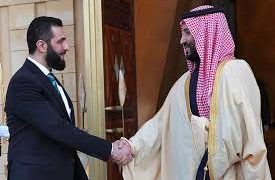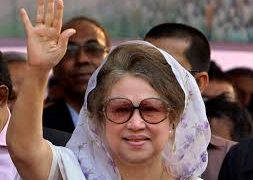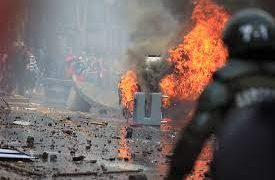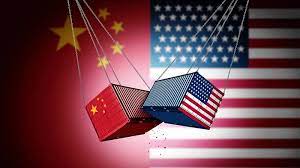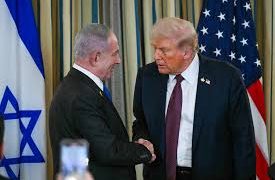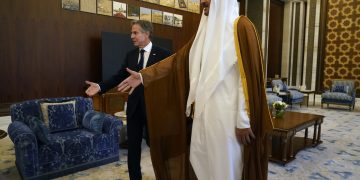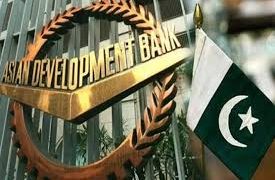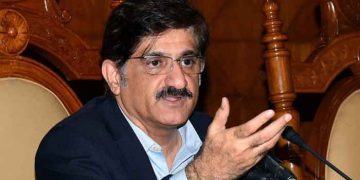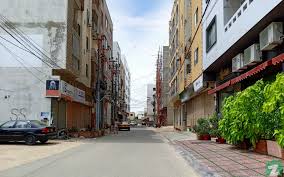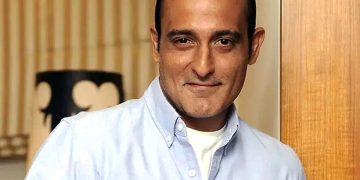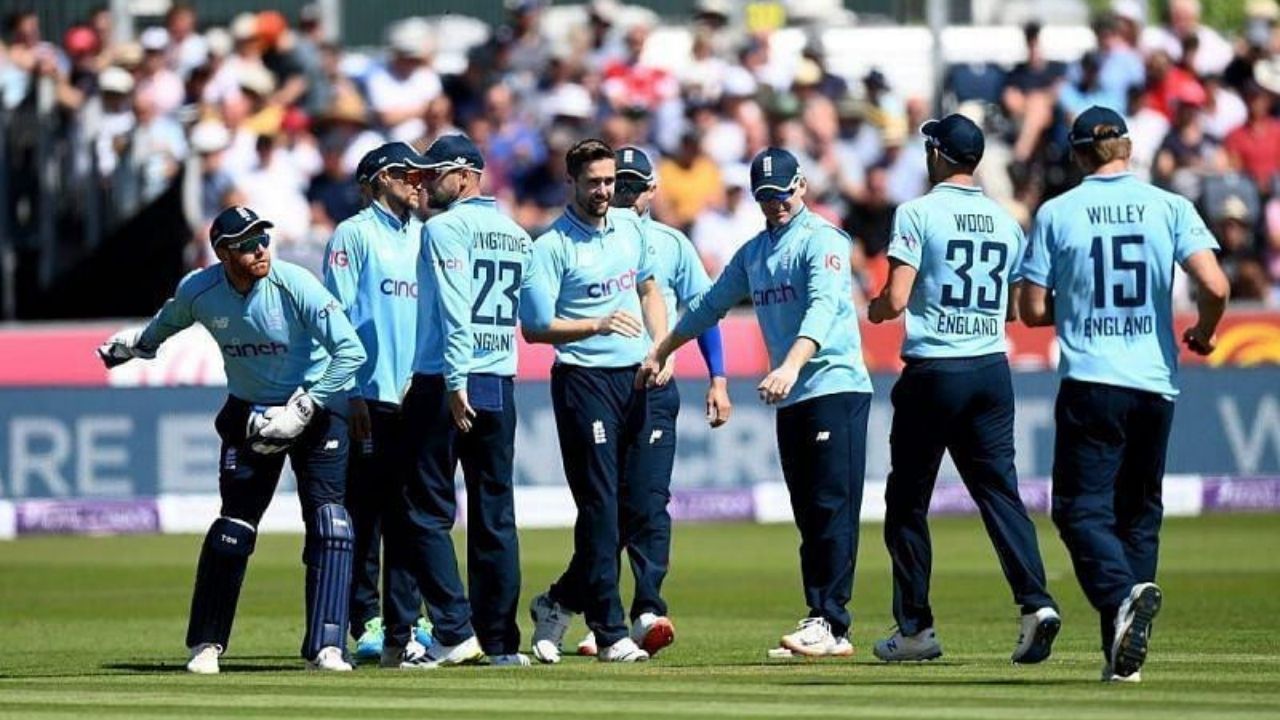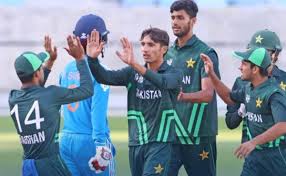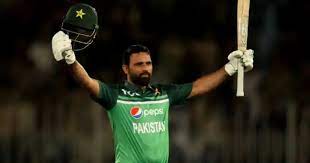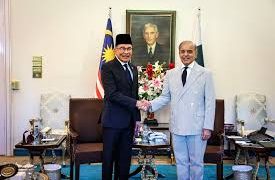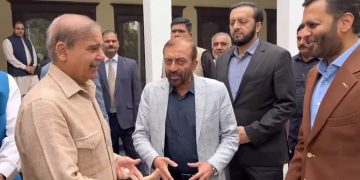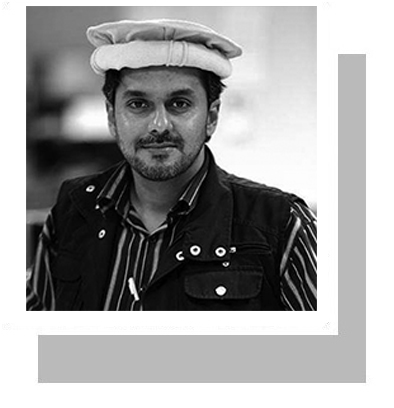
Shoiab Ahmed in his blog continues to make some shocking and treacherous revelations related to 5G technology
In the wake of Covid19 pandemic, it was World Health Organization (WHO) which declared coronavirus as a global emergency.
If I will trust any global health platform to understand the health risks of the radio frequency of mobile phones, it would be WHO.
In May 2011 the International Agency for Research on Cancer (IARC) evaluated cancer risks from radiofrequency (RF) radiation. According to it, human epidemiological studies gave evidence of increased risk for glioma a type of tumor that occurs in the brain and spinal cord. Study also indicated increased risk of acoustic neuroma which is a benign tumor that develops on vestibular and hearing, or auditory nerves leading from your inner ear to the brain. RF radiation was classified by WHO as Group 2B, a possible human carcinogen. In spite of this, in most countries little or nothing has been done to reduce exposure and educate people on health hazards from RF radiation.
Epidemiological studies and tests on animals indicate that exposure to electromagnetic fields has a carcinogenic effect. If this all is true, and that too before 5G, then the question is how come WHO never ran a global emergency upon this gradually advancing radio frequency technology which can possibly be hazardous to human.
In 2014 the WHO launched a draft of a Monograph on RF fields and health for public comments. It turned out that five of the six members of the Core Group in charge of the draft are affiliated with International Commission on Non-Ionizing Radiation Protection (ICNIRP), an industry loyal NGO, and thus have a serious conflict of interest. Namely Simon Mann, Maria Feychting, Gunnhild Oftedal, Eric van Rongen, Maria Rosaria Scarfi and Denis Zmirou.
“Process of health risk assessment is a long process, it generally takes number of years to review the literature properly, says Michael Repacholi.
The biophysicist Michael Repacholi from Australia suggested in 1995 that WHO should start the “Electric & Magnetic Fields” (EMF) project. Not only did WHO launched a new international project to assess health effects of electric and magnetic fields in 1996, but also remained the leader of the said department from 1996 to 2006.
Terming some of the scientific data which contests the adverse effects of mobile radiation as good literature, and then weighing the final decision upon a general consensus, Repacholi throughout his tenure at WHO acted as a representative for the telecom industry.
Noticeably Michael Repacholi was the first chairman of International Commission on Non-Ionizing Radiation Protection (ICNIRP) in 1992, an independent non-profit organization.
ICNIRP views only adverse effects of electromagnetic fields are its thermal effects, which they over years and alongside several international scientific bodies propagated globally. Stating the human epidemiological studies highlighting adverse physiological effect of cell phone radiations on human, as inconsistent or incomplete, ICNIRP has been referred by WHO as an NGO which helps them in their analyses.
Repacholi arranged for large part of the WHO EMF project to be financed by the telecommunication industry’s lobbying organizations; GSM Association and Mobile Manufacturers Forum, now called Mobile & Wireless Forum.
Since he left WHO in 2006 he has been involved in industry propaganda video interviews with GSM Association and Hydro Quebec, videos of which are available on YouTube.
For almost 20 years he has propagated worldwide the ‘only thermal effect’ paradigm of health risks from RF-EMF exposure, ignoring the abundant evidence for non-thermal effects or cancer risks.
Repacholi lobbied to get Emilie van Deventer hired as the WHO EMF Project in 2000. She is the current project manager at WHO for the EMF project.
Van Deventer is an electrical engineer. She has no formal or earlier knowledge in medicine, epidemiology or biology, hence her appointment at such important position at WHO comes as a surprise. She is a long-time member of the industry dominated organization Institute of Electrical and Electronics Engineers (IEEE) which is the world’s most powerful federation of engineers. The members are or have been employed in companies or organizations that are producers or users of technologies that depend on radiation frequencies, such as power companies, the telecom and the military industry. IEEE has prioritized international lobbying efforts for decades especially aimed at the WHO
Two years after the anticipated ‘formal risk assessment’ by WHO in 2012 a draft was launched in 2014 It was stated that: ‘The process used in developing the chapters is described in Appendix X. Note that the chapters 1, 13 and 14 which will provide a summary, health risk assessment and protective measures are not available for this consultation. The drawing of conclusions from the literature and the drafting of these chapters is the remit of a formal Task Group that will be convened by WHO at a later stage in the process.’
It must be regarded to be unusual and scientifically inadequate not to provide for review the health risk assessment and protective measures which would be most important parts of the Monograph. Furthermore, it turned out that of the six members in the WHO Core Group four are active members of ICNIRP and one is a former member. However, at a meeting on March 3, 2017 at the WHO Geneva office it was stated that the WHO has no intention to change the Core Group.
Several persons and groups have sent critical comments to WHO on the many shortcomings in the draft of the Monograph on RF fields. One writes; ‘In conclusion the WHO draft is biased towards the null results. Findings on an association between use of wireless phones (mobile phones and cordless phones) and increased risk for brain tumors are misinterpreted, selectively reported and/or omitted in total. The draft cannot be used as science-based evaluation of increased risk. It needs to be re-written in a balanced way by scientists trained in epidemiology and oncology, not the least in medicine, and without conflicts of interest’.
Dr Maria Neira is Director of the Public Health and the Environment Department at WHO who organized an informal meeting with a selected group of only 5 experts who had presented critical comments on the Monograph. 3rd of march 2017, the Allocated time at the WHO office was 1.5 hours. The experts gave short presentations on health effects of RF radiation, biological effects from exposure to non-thermal RF radiation, overview of epidemiological studies on brain tumour risk, RF radiation and electromagnetic hypersensitivity (EHS), and finally epigenetic mechanisms by which children are especially-vulnerable to RF radiation. The participating team of five experts with considerable knowledge and own research within this area offered to collaborate with WHO, especially to finalize the WHO Monograph on RF radiation. Maria Neira stated clearly that no collaboration with WHO is to be considered, and further that she does not intend to have another meeting with the group.
Children and adolescents may be more sensitive to RF radiation than adults. Thus, an authoritative agency, WHO has an obligation to reference all the scientific research results and call the experts from all the related fields like engineering, health and medicine to engage in the re-evaluation of all health effects including non-thermal effects of RF radiation. The EMF project was started many years ago and many new wireless digital technologies are developed and new devices are popularizing with a very fast speed. Lack of motivation at the highest level to not exercise a more inclusive approach of studying health hazards of radiation, speaks volumes about the intent.
This design of hijacking world’s most important health organization by a group of interest based non-profit organization, has resulted in a more vibrant and flourishing digital wireless industry. Assuming present day technologies and the studies done are actually inconclusive to raise any health alarms, will it be safe to count on these same platforms to conduct any future research about the possible adverse effects of 5G on world population?
Among major developing countries of the world, Australian government has a record of safeguarding its people by implementing strict laws governing the RF exposure to its people. Not to mention, Australia was one of the first countries to inflate prices of cigarettes to discourage smokers. Its Federal Minister for Communications, Paul Fletcher promised to invest $9 million to start a campaign about the safety of Radio Frequency (RF) and Electro-Magnetic Emissions (EME) to ensure Australians have reliable, scientifically accurate information on 5G technology.
I here in Pakistan can only hope, a national body or an independent research organization without any commercial or conflict of interest will conduct a study to safeguard our generations. A compromise on a slower internet will be worth ensuring a safer and healthier world to live in.

